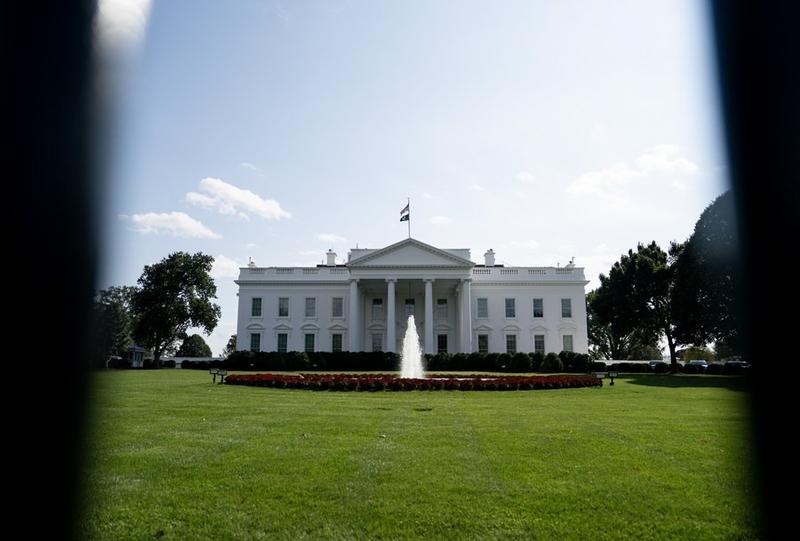 Photo taken on Oct 9, 2023 shows the White House in Washington, DC, the United States. (PHOTO / XINHUA)
Photo taken on Oct 9, 2023 shows the White House in Washington, DC, the United States. (PHOTO / XINHUA)
In the 1960s, at the peak of the Cold War, which almost turned into a hot war, the US Department of Defense adopted a "two-and-a-half strategy" — to have the ability to fight two major wars and one limited conflict simultaneously.
Adjusted by administration after administration, the strategy evolved into a "two-theater model" in which the US needed to be capable of launching offensives in the Middle East, most possibly against Iraq, and the Far East, most possibly against the Democratic People's Republic of Korea.
Neither strategy measures up to what the bipartisan Strategic Posture Commission of the US Congress has proposed in its latest report, "America's Strategic Posture". The report, released on Oct 12, says the US must prepare for possible simultaneous wars with Russia and China by increasing its conventional forces, strengthening alliances and enhancing its nuclear arsenal and program.
This, to some extent, echoes US Defense Secretary Lloyd Austin's statement that "the United States can walk and chew gum at the same time" after the Israel-Palestine bloody conflict broke out. What he meant is that the US could back both Israel and Ukraine (in its conflict with Russia) at the same time.
In 2015, the US Heritage Foundation's "2015 Index of U.S. Military Strength" said it couldn't cope with two "major regional contingencies" simultaneously, while the 2018 version rated the US military's ability to win wars against two major adversaries as "marginal". But some arrogant politicians in Washington think they are smarter than US presidents and military experts, and claim Washington can fight wars with two major powers.
History tells us that all the powers that fought wars with two or more countries collapsed soon after. Germany took on the United Kingdom and Russia, and later the United States, only to surrender in World War II. It lost World War I, too.
For any empire that dreams of ruling the world by force, defeat is the fate awaiting it. Worse, preparing for wars against both Russia and China means some in the US take the two powers as imaginary "enemies". Perhaps the US is already involved in a conflict with Russia, albeit a proxy conflict, in Ukraine. To test the other "enemy", the US is turning to China.
The worst, and paradoxically tragic, part of the whole warmongering exercise is that the report was released on a website called "The United States Institute of Peace", which claims to be "dedicated to the proposition that a world without violent conflict is possible". Maybe this ridiculous fact best explains how the US interprets peace — conquest or threat of conquest so as to build a global system in which everyone obeys it as the only superpower.


